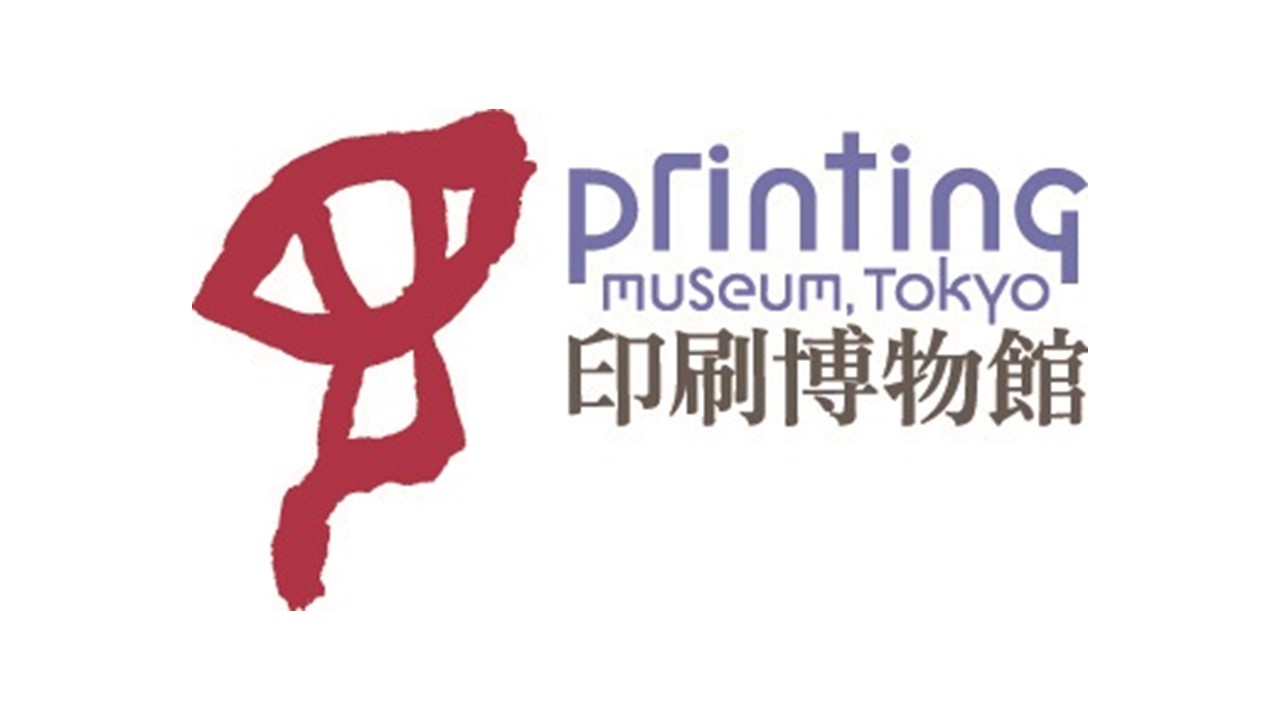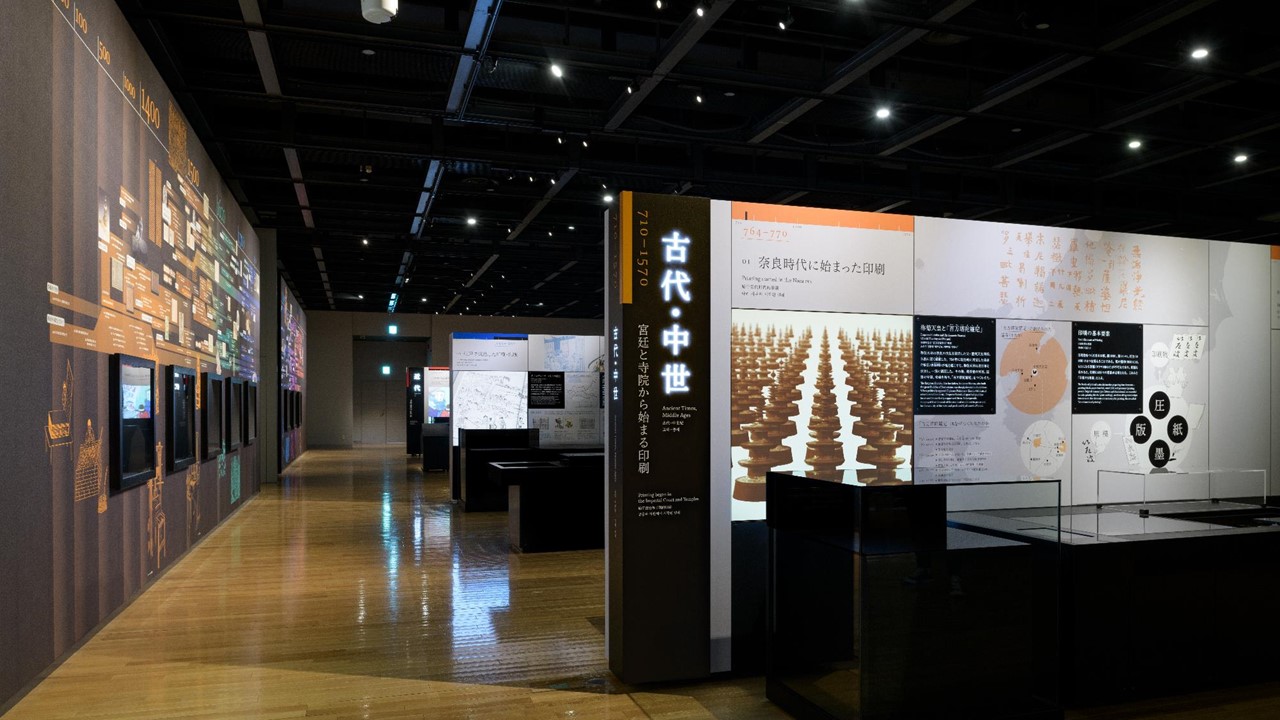
©Toppan Printing Co., Ltd.
The concept for the Printing Museum was originally conceived in the 1990s, at a time when digital technologies began to permeate various areas of society, including the printing industry. Toppan sensed a need to preserve and pass on to future generations analog techniques and modes of expression related to printing culture that were at risk of being consumed by a wave of digitalization. The Printing Museum opened its doors in 2000 and has since worked to showcase printing as a medium of communication, collect historical printing materials, and preserve equipment and products that could otherwise be lost. Visitors to the Museum since its opening total more than 630,000.
Renovation of the museum has focused on the permanent exhibition, which is themed on the “History of Printing in Japan.” The exhibition presents a broad perspective of developments around the world while taking a fresh look at the printing culture that has developed in Japan. It features a global history of printing in the form of a chronology as well as an exhibit dedicated specifically to technology. Beginning with the start of Japanese printing in the Nara era, visitors will be able to see how printing has developed from ancient times through the Middle Ages and early and late modern periods to the present day, learning about how it has grown from use by Buddhist temples to expand in wider society, becoming industrialized and then an essential presence in consumer society.
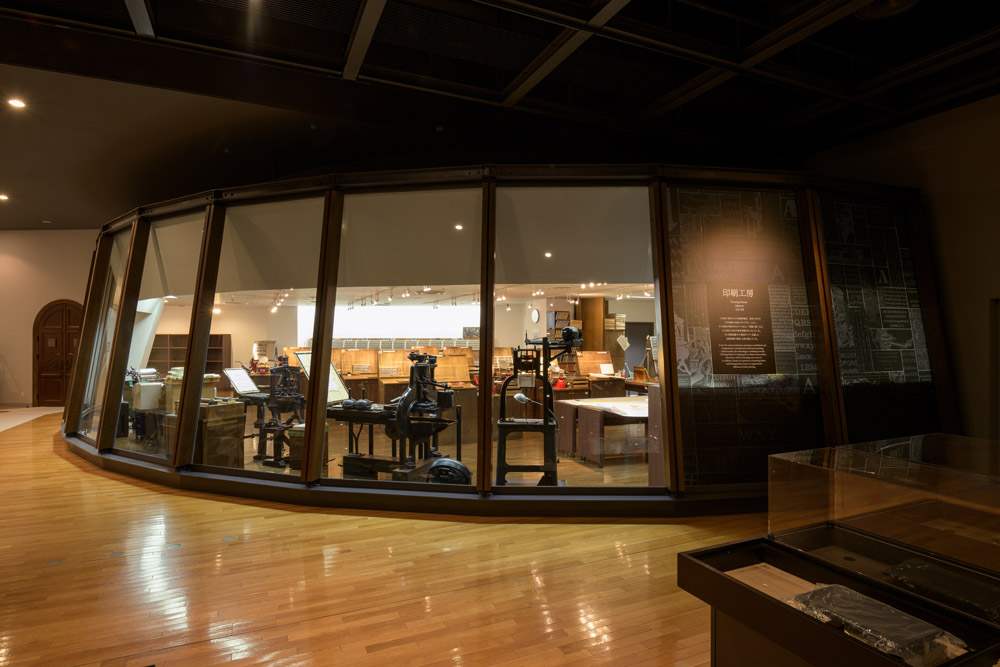
©Toppan Printing Co., Ltd.
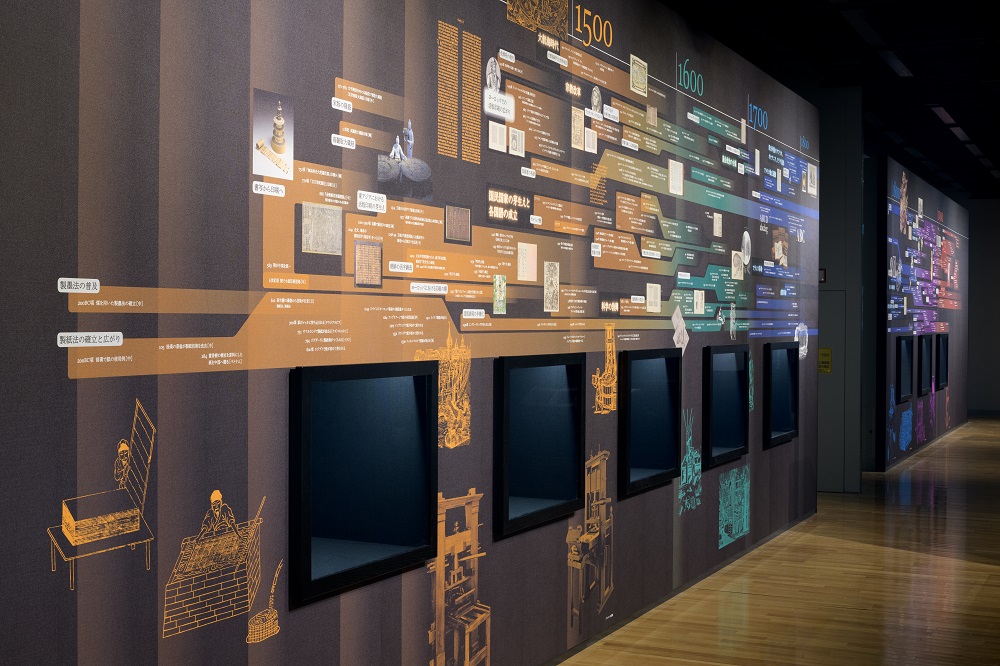
©Toppan Printing Co., Ltd.
Printing Culture Studies
The activities of the Printing Museum have led it to identify a need to bring together insights from a wide range of perspectives and pass on to future generations knowledge of the vital role that printing has played in society. Coinciding with the 20th anniversary of its opening, the Museum will launch Printing Culture Studies as a new field of academic research to shed light on what printing means for human civilization, take a fresh look at it from long-term cultural perspectives, and explore the activities of the people and societies involved. The results of research into the history and culture of printing will be exhibited in the museum and made available to the public.
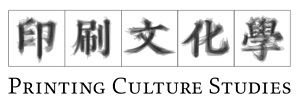
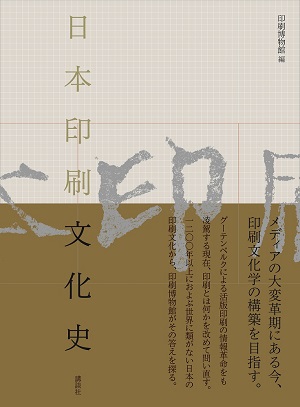
©Toppan Printing Co., Ltd.
“We are delighted to be celebrating our 20th anniversary and offer our heartfelt gratitude to everyone who has been involved, supported us, and visited the Printing Museum,” said Koichi Kabayama, the Printing Museum’s Director. “Over the past 20 years we have received a lot of valuable feedback that has enabled us to identify the direction for our activities to take and we believe that this renovation is a further improvement of both tangible and intangible aspects of the exhibition. Together with our new mission of Printing Culture Studies, we look forward to enhancing content and broadening our perspective to the research of printing culture throughout the world.”
For more information about the Printing Museum, Tokyo, visit https://www.printing-museum.org/en/.
About Toppan
Toppan is a leading global provider of integrated solutions in the fields of printing, communications, security, packaging, décor materials, electronics, and digital transformation. Serving customers in every sector of business and industry, Toppan’s global team of more than 50,000 employees offers optimal solutions enabled by industry-leading expertise and technologies to address the diverse challenges that businesses and society face in today’s rapidly changing market.
For more information, visit https://www.toppan.com/en/ or follow Toppan on LinkedIn https://www.linkedin.com/company/toppan-printing/.
